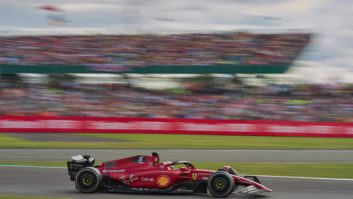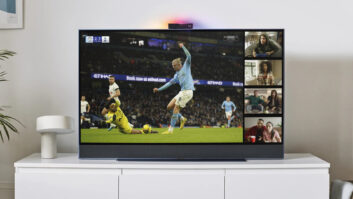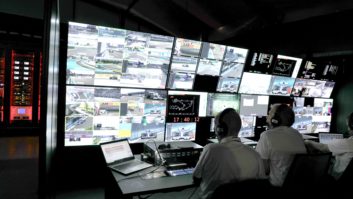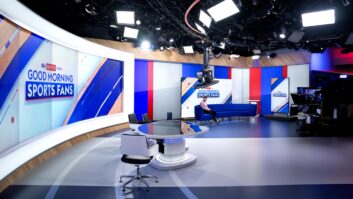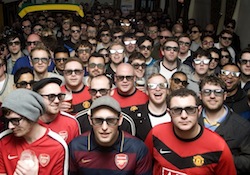
Sky has stated it will not accept any 2D to 3D conversions for any content submitted for Sky 3D, writes Adrian Pennington.
In the first release of its specifications for 3D production the broadcaster has ruled that no more than 10% of any programme can be 2D HD.
“To enable the 3D programme to retain the highest quality throughout, a minimum of 90% must be native 3D footage,” Sky states. “Where non-HD footage is utilised, it should sit within the editorial context of the programme. The 2D originated footage must be HD, be of segments not exceeding one minute, converted in a suitable manner to fit the 3D content and be of shots where there is minimal benefit from a true dual camera 3D acquisition.”
To avoid any doubt Sky declares that conversions of 2D HD content to 3D is “not acceptable and may only be proposed by prior agreement with understanding of the editorial techniques and conversion process involved.”
It rules out the use of automated 2D to 3D conversion systems completely.
The technical criteria for 3D content acquisition and storage are detailed and differ in some elements from the basic needs for HD categorisation. This is due to the additional image processing necessary to deliver the dual images within the existing 1080i25 transmission format although audio requirements remain unchanged.
In terms of depth budget, the parameters of 3D behind or in front of the TV screen plane, Sky says the majority of Positive Parallax (into the screen) shots should not exceed 2%.
“Negative disparity (out of the screen) at close points should be used with care and not exceed 1%,” it specifies.
These guidelines it says are intended to deliver managed and comfortable stereoscopic viewing and can be exceeded for specific editorial needs such as graphic content or short-term visual impact.
“Such instances should be constrained to 4% Positive and 2.5% Negative,” Sky says.
The ideal recording format for Sky 3D is on HDCAM SR 4:2:2 x 2 dual link synchronous record (440MB/s) or HDCAM SR individual Left Eye tape, Right Eye tape with synchronised identical timecode.

